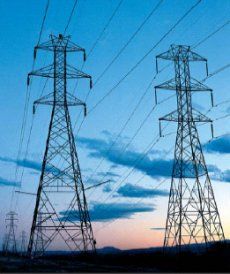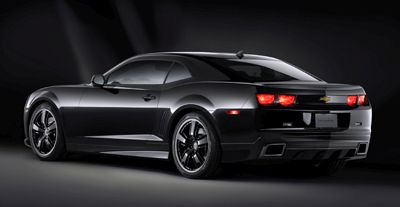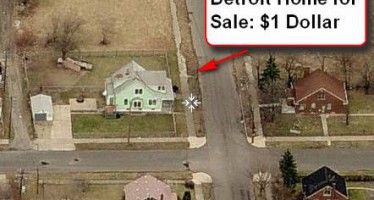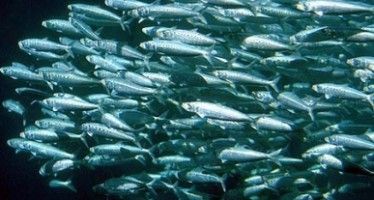CA will struggle to meet key energy goal of governor
 A Hoover Institution scholar continues to provide a fresh take on the state of California’s energy policies, highlighting their hidden agendas and examining their feasibility.
A Hoover Institution scholar continues to provide a fresh take on the state of California’s energy policies, highlighting their hidden agendas and examining their feasibility.
Previously, a CalWatchdog.com story covered Carson Bruno’s research showing that the state of California has far surpassed its 2020 goal of having 33 percent of electricity coming from renewable sources. So why isn’t this big news? Because according to state laws establishing the 33 percent goal, some renewable energy doesn’t count as renewable energy.
Bruno also makes a provocative point about Gov. Jerry Brown’s goals on another energy front:
California may be the greenest state in the nation. The Golden State’s renewable portfolio standard is among the nation’s most aggressive, the state’s cap-and-trade program is likely the most developed, and each legislative session lawmakers grapple over dozens of new environmental-based bills. … So it didn’t come as any surprise that during his 4th (and final) State of the State address, Jerry Brown focused heavily on taking California’s already aggressive climate change action to the next level. …
Brown [said the state would] double the energy efficiency of California’s buildings. …
This proposal is the most straightforward, but also may be the most difficult to achieve. Here’s why: California is already the national leader – coincidentally, since Jerry Brown was first governor – in energy conservation.
Conserving more would be akin to squeezing out more lemon juice from an already squeezed lemon: you’ll get a little, but not that much. Californians use approximately the same amount of energy they did 40 years ago as the rest of the nation has increased its use by roughly half. This is despite California’s population and economic output steadily increasing. California’s Mediterranean-like climate helps reduce energy use, but that can’t explain the full difference.
Here’s where the paradox comes in, however. We know how to get to the next step: technology. Smart metering enables consumers and providers to better understand their behavior to encourage conservation; new lighting technology and new advances in heating and cooling systems better reduce waste. But even with new technology, doubling efficiency while California continues to grow and after California has already squeezed a lot out of consumers won’t be easy.
‘Build it and they will come’ regulatory approach
There’s always been an element of “build it and they will come” to California environmental regulators’ habit of establishing goals that seem unrealistic but that the private sector manages to meet. More than a few engineers were skeptical that cars averaging 35 MPG was a realistic goal, but that’s now the federal mandate for coming years, as the Obama administration follows the California example of demanding change that seems daunting. As Car & Driver wrote, “as goes California, so goes the country.”
But there are two recent examples of California regulators going too far and retreating in embarrassment. In 2010, they backed down from a proposal to criminalize having under-inflated tires after I wrote about it on my U-T San Diego blog and John & Ken took up the cause on KFI AM 640. This was the informal analysis of the proposal from the California New Car Dealers Association:
(The) regs. CARB’s pushing through (released this week and subject to a 15 day comment period) … provides that the only times that consumers may decline a check and inflate service — they can never decline the service if it’s offered for free — is when they are charged for services AND if they can PROVE (with DOCUMENTATION!) that they’ve had their tires checked and inflated in the last 30 days, or if they WILL do so within the next week. It is unclear, but possible, that CARB could take enforcement action against the consumer if they don’t follow through with their promise?!
 In 2009, California regulators also backed down from a tentative proposal to ban black paint on cars after facing incredulity from U.S. and Japanese automakers. Snopes treats this as a “mostly false” story. But I spoke with an executive for an auto paint company in 2009, and she said California air board staffers were absolutely serious about the idea in meetings early that year. That’s how it was treated by an auto-industry website.
In 2009, California regulators also backed down from a tentative proposal to ban black paint on cars after facing incredulity from U.S. and Japanese automakers. Snopes treats this as a “mostly false” story. But I spoke with an executive for an auto paint company in 2009, and she said California air board staffers were absolutely serious about the idea in meetings early that year. That’s how it was treated by an auto-industry website.
This link — http://www.arb.ca.gov/cc/cool-paints/cool-paints.htm — used to show the air board’s proposal, but now it only shows an error message.
Chris Reed
Chris Reed is a regular contributor to Cal Watchdog. Reed is an editorial writer for U-T San Diego. Before joining the U-T in July 2005, he was the opinion-page columns editor and wrote the featured weekly Unspin column for The Orange County Register. Reed was on the national board of the Association of Opinion Page Editors from 2003-2005. From 2000 to 2005, Reed made more than 100 appearances as a featured news analyst on Los Angeles-area National Public Radio affiliate KPCC-FM. From 1990 to 1998, Reed was an editor, metro columnist and film critic at the Inland Valley Daily Bulletin in Ontario. Reed has a political science degree from the University of Hawaii (Hilo campus), where he edited the student newspaper, the Vulcan News, his senior year. He is on Twitter: @chrisreed99.
Related Articles
People leaving CA a ‘success’ story?
Joe Mathews presents the counter-intuitive thesis that people leaving California for Texas is a sign of Golden State “success”: Yes, California
AG Kamala Harris attacks joke coffee cup
July 11, 2013 By John Seiler Look at the coffee cup in the nearby picture. It’s a joke, right? Not
CA sardine fishing ban: Did regulators wait too long?
The federal government’s emergency moratorium on sardine fishing off the California and Pacific Northeast coast took effect July 1, in




